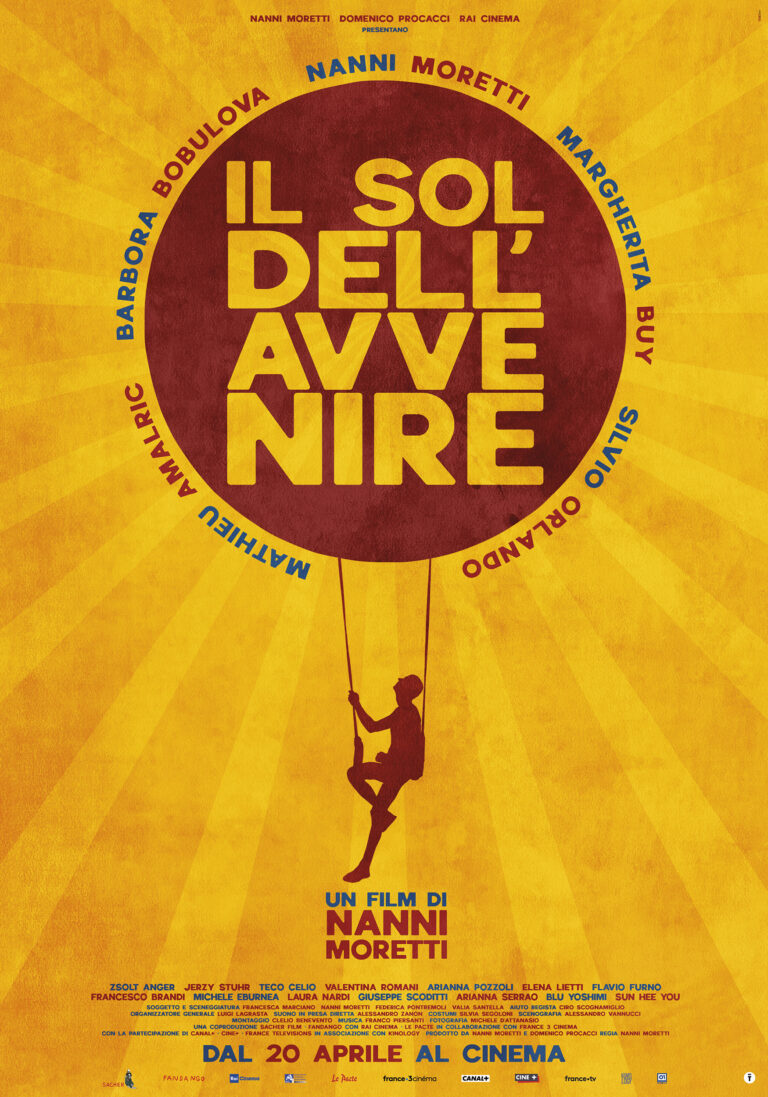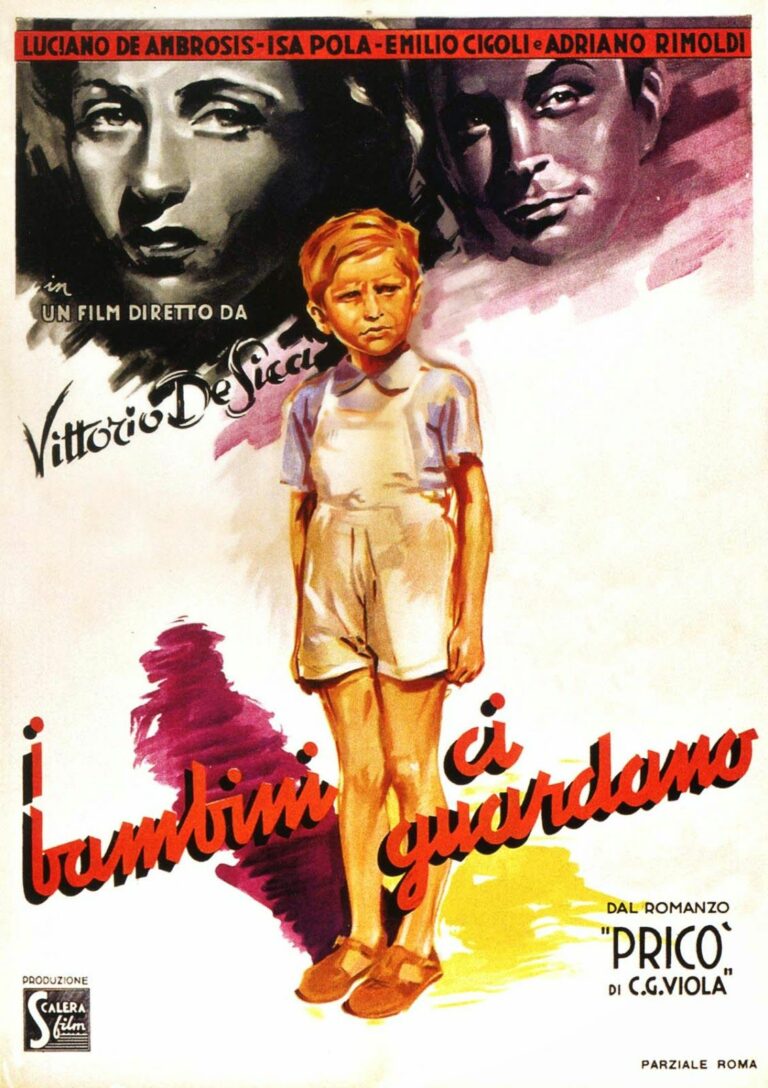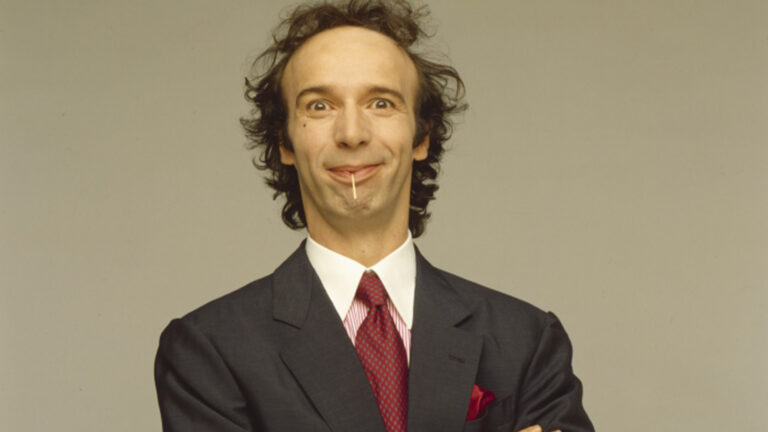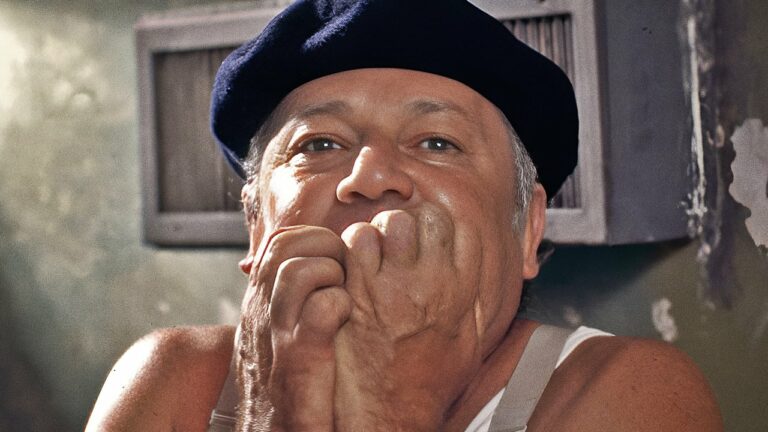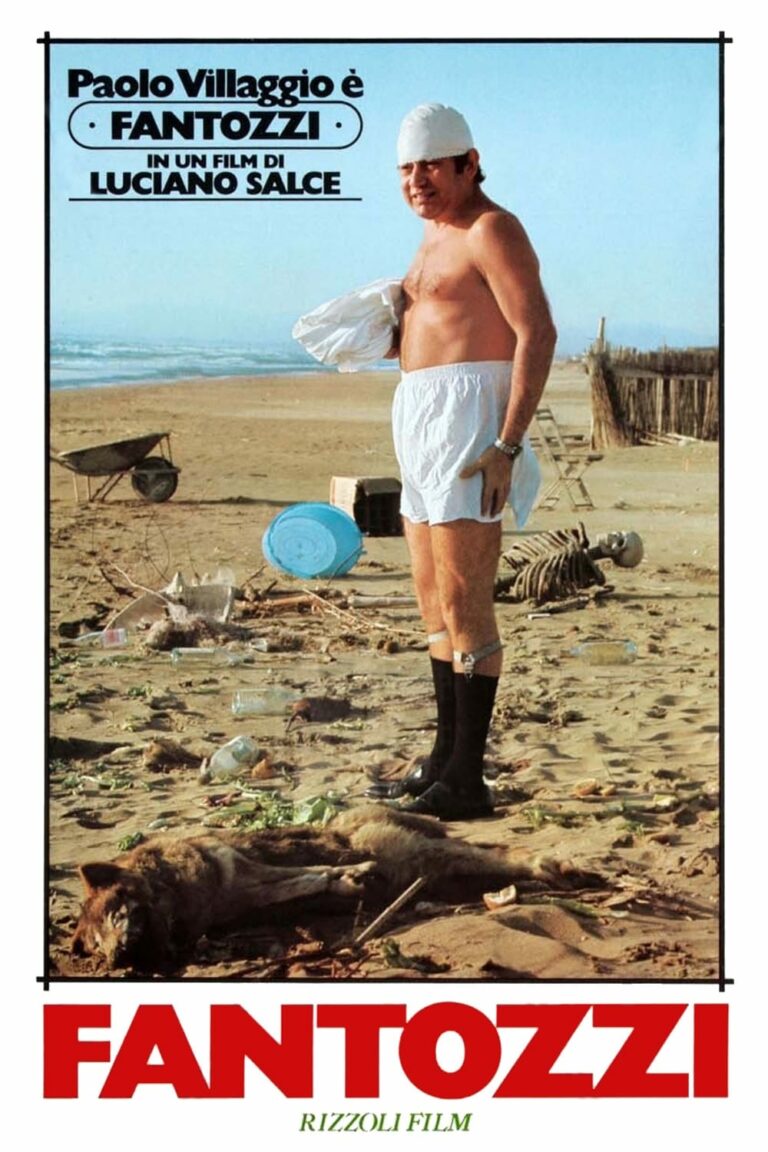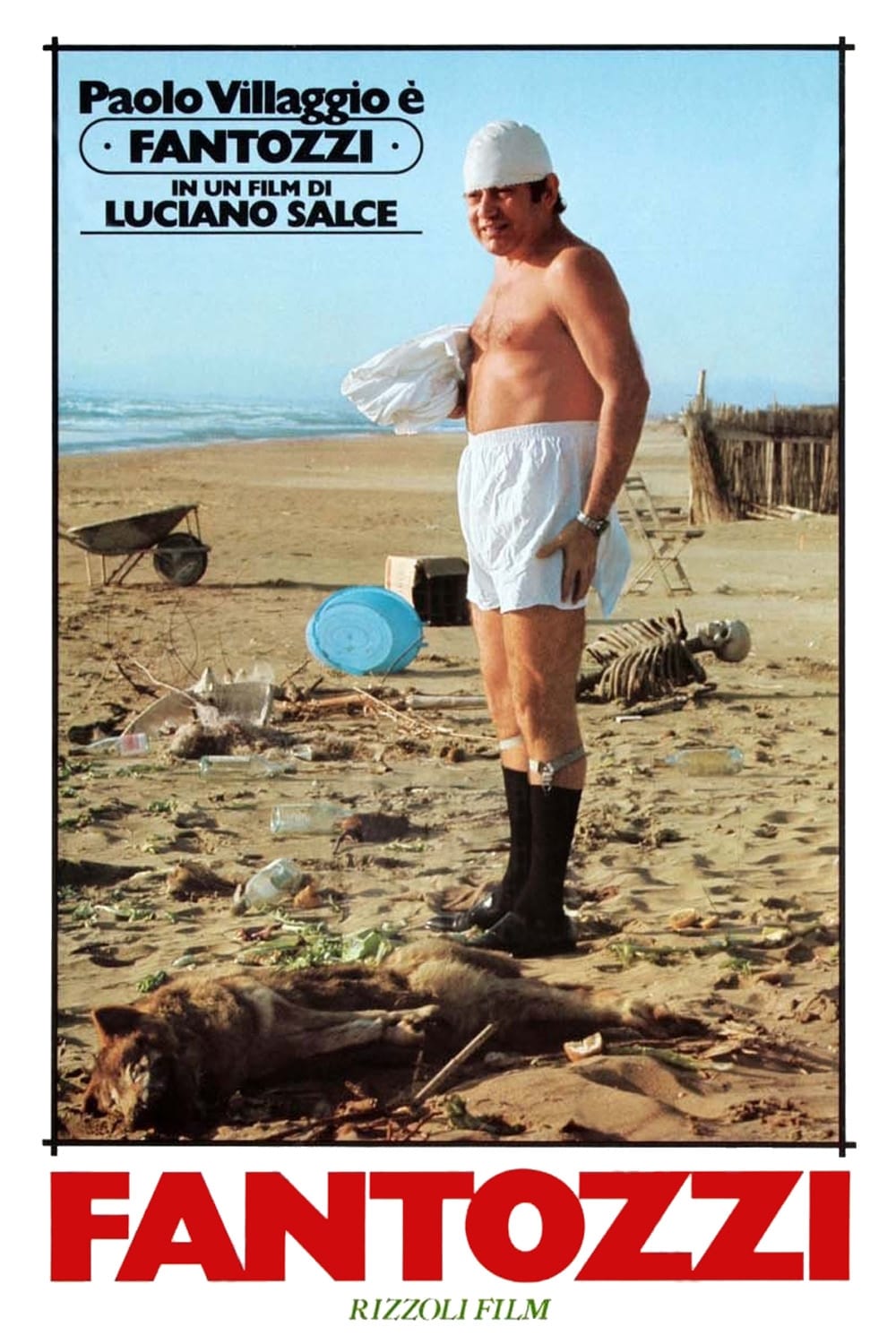
Introduction to the Films of Fantozzi
The Fantozzi film series is one of the most beloved and culturally significant franchises in Italian cinema. Starring Paolo Villaggio as the hapless Ugo Fantozzi, the films depict the struggles of an ordinary, submissive office clerk navigating a world of relentless bureaucracy, social humiliation, and absurd circumstances. These films resonate with audiences for their humorous yet biting critique of societal norms.
Who Is Ugo Fantozzi?
Ugo Fantozzi is the quintessential everyman — a bumbling, unlucky accountant who works at the fictional MegaDitta (MegaCompany). His character embodies the frustrations of the average Italian worker facing a rigid corporate hierarchy, intrusive bosses, and the crushing monotony of daily life. Despite constant humiliation, Fantozzi remains a sympathetic figure whose misadventures capture the absurdity of modern existence.
The Origins of the Fantozzi Films
The character of Ugo Fantozzi was originally created by Paolo Villaggio in a series of bestselling books published in the early 1970s. Villaggio’s comedic writing struck a chord with readers, leading to the adaptation of Fantozzi into a film in 1975. Directed by Luciano Salce, the movie was an instant hit, paving the way for a long-running series that spanned decades.
List of Fantozzi Films
- Fantozzi (1975)
- Il Secondo Tragico Fantozzi (1976)
- Fantozzi Contro Tutti (1980)
- Fantozzi Subisce Ancora (1983)
- Superfantozzi (1986)
- Fantozzi Va in Pensione (1988)
- Fantozzi alla Riscossa (1990)
- Fantozzi in Paradiso (1993)
- Fantozzi – Il Ritorno (1996)
- Fantozzi 2000 – La Clonazione (1999)
Each installment brought fresh adventures while maintaining the core themes that made the series iconic.
Key Themes in the Fantozzi Series
The films consistently explore themes such as:
- Bureaucracy: Fantozzi’s endless battles with absurd office protocols
- Social Climbing: His futile attempts to gain social status
- Family Life: The comically dysfunctional relationships with his wife and daughter
- Corporate Culture: Satirical depictions of corporate greed and worker exploitation
The Humor of Fantozzi: Slapstick Meets Satire
A hallmark of the Fantozzi series is its unique blend of slapstick comedy and sharp social commentary. Whether it’s Fantozzi tumbling down stairs or enduring humiliations at the hands of his superiors, the humor is both physical and cerebral.
The Iconic Cast of Fantozzi Films
While Paolo Villaggio’s portrayal of Ugo Fantozzi is the heart and soul of the series, other actors made significant contributions:
- Milena Vukotic as Pina Fantozzi, Ugo’s long-suffering wife
- Gigi Reder as Filini, Fantozzi’s eccentric colleague
Their performances added depth and charm to the films.
Critical Reception Over the Years
Initially celebrated for its humor and social relevance, the series later faced criticism for becoming formulaic. However, Fantozzi remains a cultural touchstone in Italy, appreciated for its authentic portrayal of the working class.
The Evolution of the Fantozzi Character
Over time, Fantozzi’s character evolved from a purely comedic figure to a more tragic one. In later films, themes of aging and mortality became more prominent, adding emotional depth to the series.
Memorable Scenes and Quotes
Some unforgettable moments include:
- Fantozzi’s infamous “cloud of doom” following him everywhere
- The legendary scene of Fantozzi participating in a surreal, nightmarish corporate game
These scenes have become part of Italian pop culture.
Societal Reflection in the Fantozzi Series
The films offer a window into Italian society during the late 20th century, highlighting issues such as economic instability, the rise of corporate culture, and shifting family dynamics.
The Legacy of Fantozzi in Cinema
The influence of the Fantozzi films can be seen in later Italian comedies and even international media. The character’s blend of humor and pathos paved the way for more nuanced portrayals of the working class in cinema.
Global Impact and Cultural References
Though primarily an Italian phenomenon, the films have been appreciated by international audiences for their universal themes. Fantozzi’s struggles resonate with workers everywhere, making him a relatable figure beyond Italy.
Behind-the-Scenes Facts
- Paolo Villaggio was initially reluctant to play Fantozzi, fearing it would typecast him.
- Many scenes were shot with minimal special effects, relying heavily on Villaggio’s physical comedy skills.
Conclusion: Why Fantozzi Still Matters
Even decades after the release of the first film, Fantozzi remains relevant for its humorous yet poignant portrayal of the struggles of the common man. The series stands as a testament to the enduring power of comedy to address serious societal issues.
FAQs About the Films of Fantozzi
1. What is the first Fantozzi film?
The first film in the series is Fantozzi, released in 1975.
2. How many Fantozzi films are there?
There are ten films in the official Fantozzi series.
3. Who played Ugo Fantozzi?
Paolo Villaggio portrayed Ugo Fantozzi throughout the entire series.
4. Are the Fantozzi films based on books?
Yes, the films are based on a series of books written by Paolo Villaggio.
5. What makes the Fantozzi series unique?
The combination of slapstick comedy and biting social satire sets the series apart.
6. Why is Fantozzi considered a cultural icon?
Fantozzi represents the struggles and resilience of the Italian working class, making him a relatable and enduring character.

